The beautiful dolls of Julia are celebrating the assumption of the blessed virgin Mary. Numéro 15
Extraits

Religion jeunesse
The beautiful dolls of Julia are celebrating the assumption of the blessed virgin Mary. Numéro 15
05/2019

Religion jeunesse
The beautiful dolls of Julia are getting married. Numéro 22
10/2018
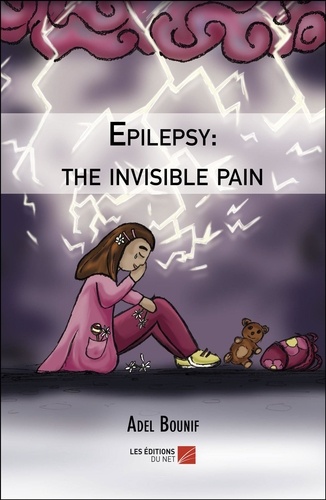
Poésie
Epilepsy: the invisible pain
01/2019

Réalistes, contemporains
Blood of the virgin
02/2023

Histoire et Philosophiesophie
Thinking about Physics
01/2000

Droit
Activation Policies for the Unemployed, the Right to Work and the Duty to Work
06/1987

Tourisme étranger
Moroccan tracks Volume 11. The sagho djebel
08/2022
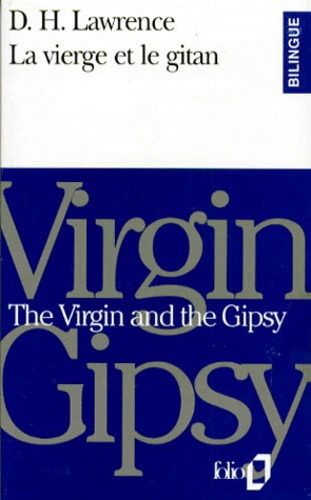
Anglais apprentissage
LA VIERGE ET LE GITAN : THE VIRGIN AND THE GIPSY
02/1993

Sciences politiques
The Structure of Political Communication in the United Kingdom, the United States and the Federal Republic of Germany
11/1987

Non classé
The Concept of Man in Igbo Myths
11/1999

Histoire et Philosophiesophie
The Undergrowth of Science. Delusion, self-deception and human frailty
01/2000

Théâtre
Arrival of Mira, Love story between Bhojan and Mira
03/2013

Lecture 6-9 ans
L'énigme du sabre. Edition bilingue français-anglais
06/2018
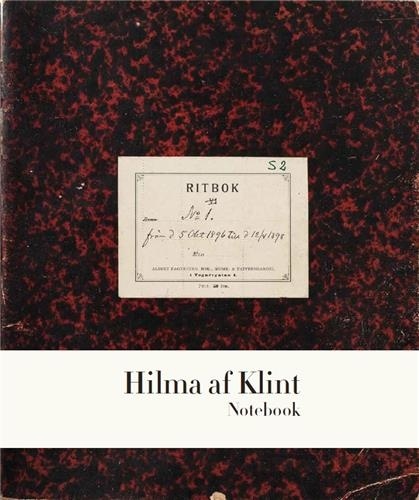
Monographies
Hilma af Klint. The Five Notebook 1
01/2022
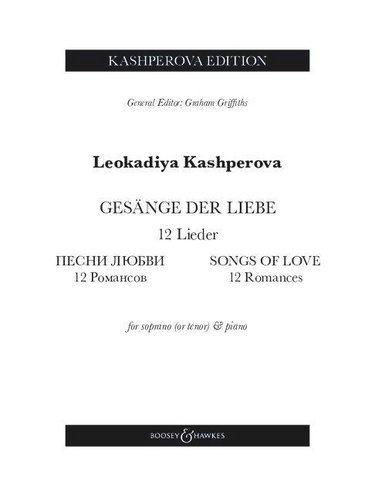
Musique classique
Songs of Love. 12 Romances. 12 Lieder. Soprano (tenor) and piano.
12/2023
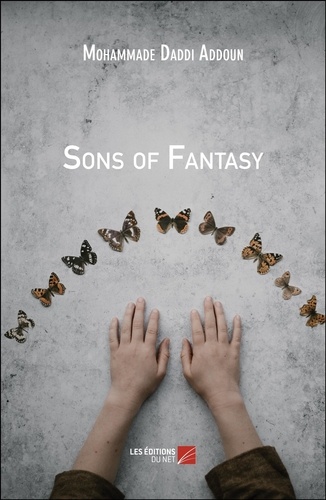
Littérature française
Sons of Fantasy
08/2018
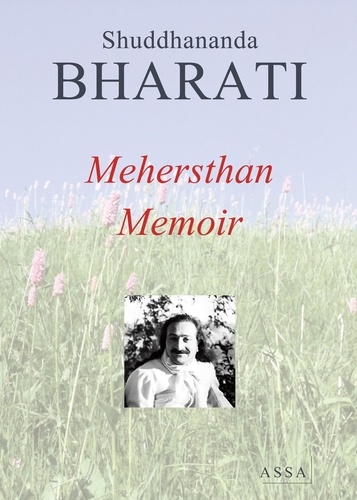
Littérature française
Mehersthan Memoir (Meher Baba)
07/2017

Anglais apprentissage
Tales from Longpuddle
07/2010

Non classé
Brides on Sale
04/2015
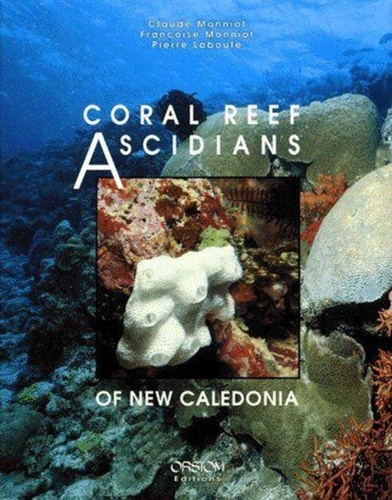
Sciences de la terre et de la
Coral reef ascidians of New Caledonia
08/1991

Histoire et Philosophiesophie
Charles Darwin's Zoology Notes & Specimen Lists from H.M.S. Beagle
01/2000

Histoire et Philosophiesophie
WHY SEX MATTERS. A Darwinian Look at Human Behavior
01/2000
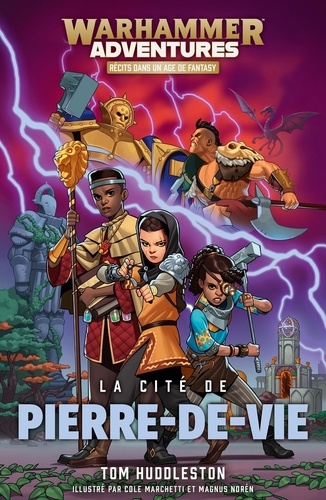
12 ans et +
Les 8 royaumes mortels Tome 1 : La cité de Pierre-de-Vie
06/2019
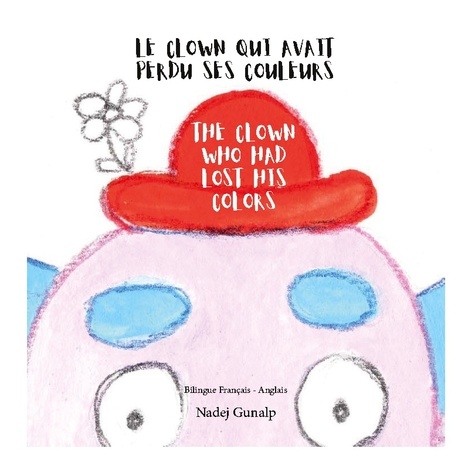
Autres éditeurs (A à E)
Le clown qui avait perdu ses couleurs. Edition bilingue français-anglais
07/2022

Philosophie
«Phädon», or «On the Immortality of the Soul»
12/2006

Non classé
The Search for Lyonnesse
07/1999

Non classé
Ruling Class Men
02/2007

Littérature française
Les inventeurs. Essai
02/2017
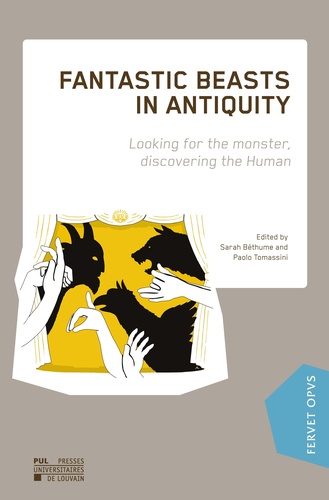
Archéologie
Fantastic Beasts in Antiquity. Looking for the monster, discovering the Human, Textes en français et anglais
02/2021
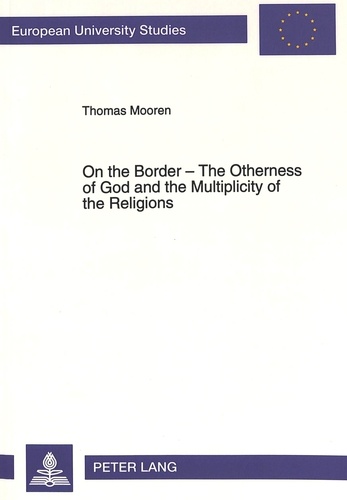
Histoire internationale
On the Border - The Otherness of God and the Multiplicity of the Religions
01/1994
